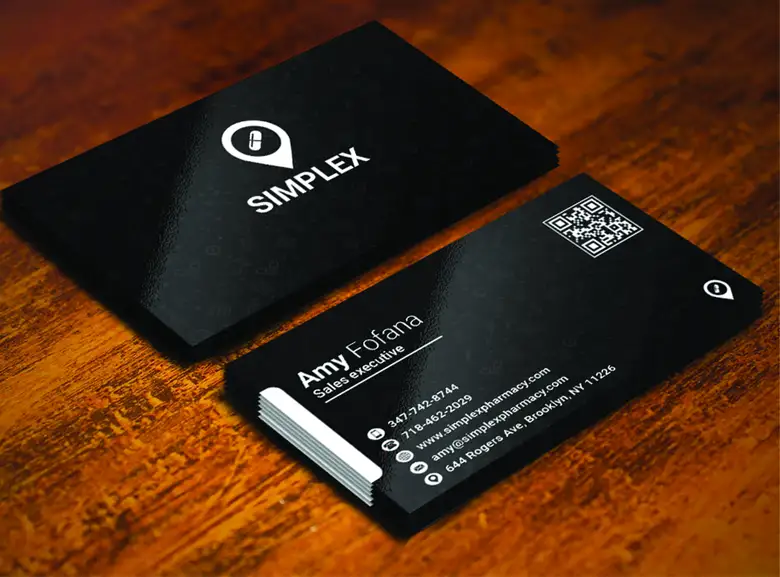Introduction to Business Card Printing
In today’s fast-paced business environment, the importance of a well-designed business card cannot be overstated. Business cards are not just a tool for sharing contact information; they are a vital part of your brand identity. A meticulously crafted business card can leave a lasting impression, conveying professionalism and credibility. This article will delve into the essentials of business card printing, highlighting the best practices for creating impactful cards that can enhance your business presence.
Why Business Cards Are Still Relevant
Despite the digital age’s prevalence, business cards remain a crucial element of professional networking. They serve as a tangible reminder of your brand and offer a personal touch that digital communications often lack. A well-designed business card can make you memorable, setting you apart from competitors and reinforcing your brand identity.
Choosing the Right Design for Your Business Card
1. Understanding Your Brand Identity
Before embarking on the design process, it’s essential to have a clear understanding of your brand identity. Your business card should reflect the essence of your brand, including your company’s values, mission, and visual style. Design elements such as color schemes, fonts, and logos should be consistent with your brand’s overall aesthetic.
2. Opting for Professional Design
A professional design can make a significant difference in how your business card is perceived. Consider working with a graphic designer who can translate your brand identity into a visually appealing card. Key design elements to consider include:
- Typography: Choose fonts that are easy to read and align with your brand’s personality.
- Color Scheme: Use colors that complement your brand’s palette and evoke the right emotions.
- Logo Placement: Ensure your logo is prominently displayed and properly aligned.
3. Essential Information to Include
Your business card should contain essential contact information, including:
- Your Name and Title: Clearly state your name and job title to establish your role.
- Company Name: Include your company’s name to reinforce your brand.
- Contact Details: Provide your phone number, email address, and physical address if applicable.
- Website URL: Include your website to drive traffic and provide additional information.
Selecting the Best Printing Materials
1. Choosing the Right Paper Stock
The choice of paper stock can greatly affect the impression your business card makes. Common options include:
- Standard Paper Stock: A cost-effective choice suitable for most needs.
- Premium Paper Stock: Offers a more luxurious feel and durability.
- Recycled Paper Stock: An eco-friendly option that aligns with sustainable practices.
2. Finishes and Coatings
Finishes and coatings can enhance the look and feel of your business card:
- Matte Finish: Provides a non-glossy, sophisticated look.
- Glossy Finish: Adds shine and makes colors appear more vibrant.
- Spot UV Coating: Adds a glossy layer to specific areas for emphasis.
3. Special Printing Techniques
Consider incorporating special printing techniques to make your business card stand out:
- Embossing/Debossing: Adds a raised or recessed effect for a tactile experience.
- Foil Stamping: Applies metallic foil for a shiny, eye-catching effect.
- Die Cutting: Customizes the shape of your card for a unique presentation.
Tips for Effective Business Card Distribution
1. Hand Out Cards Strategically
Distribute your business cards in settings where they will have the most impact. Networking events, industry conferences, and client meetings are ideal opportunities to share your cards.
2. Include Your Card in Mailings
Consider including your business card in direct mail campaigns or promotional materials to reach a wider audience.
3. Follow Up with Contacts
After exchanging business cards, follow up with contacts to reinforce the connection and enhance your networking efforts.
Conclusion
A professionally designed business card is more than just a contact tool; it is a powerful element of your brand identity. By focusing on quality design, selecting the right materials, and using effective distribution strategies, you can create a business card that not only reflects your brand but also helps you stand out in a competitive market. Investing in top-notch business card printing ensures that your first impression is a memorable one, paving the way for successful professional relationships.
Keep an eye for more latest news & updates on Blog Fullnews!


